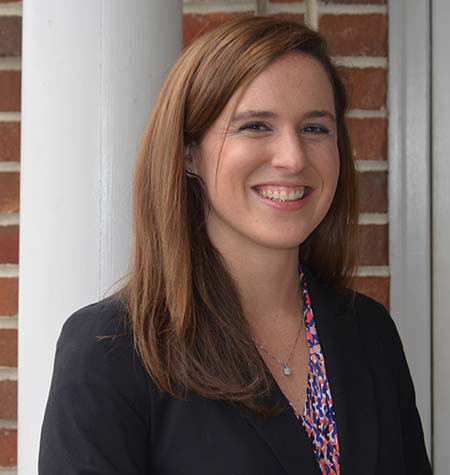
Yesterday, we started sharing strategies for using donor data is the means to identifying top prospects for your organization. You can read the first post here. In this follow-up post, we’ll share two more strategies:
1. Clean up your donor database.
Now that you know your goals, your indicators, and your tools, it’s easy to want to jumpstart your prospect research. Before you get started, you’ll want to clean and organize your donor database.
A disorganized database can be a roadblock to your success. After all, how can you uncover key donor data when your information is sparse, unclear, or even worse, inaccurate?
Cleaning your database before you get started can save you many hours of frustration.
To get begin the process, you can:
- Cut out inactive donors. You may want to send a final email or letter of warning to these donors before you remove their profiles.
- Consolidate duplicate information. A single prospect profile for each donor will make your life much easier!
- Double check the accuracy of your information. Addresses, emails, phone numbers, and even names are subject to change. To ensure that you’re communicating with and addressing donors accurately, you’ll need to verify this information right off the bat.
To implement this strategy most effectively, you should integrate cleaning your database into your yearly schedule.
Organize a cleanup at least twice a year, or after high-volume giving days such as Giving Tuesday.
That way, you can always be prepared to perform prospect research and seek out the key donor data that will help you learn more about your valuable contributors.
In summary: Preparing your donor database will help you streamline your research efforts because all the information will be up-to-date, accurate, and relevant.
2. Bring in the experts.
Uncovering donor data can be a complicated process, which is why there are entire firms, teams, and companies devoted to helping your organization.
If you’re seeking donor data, you may want to look into:
- Screening companies
- Consultants
- An in-house team
A screening company can compare thousands of donors against major databases and help you rank prospects by their potential.
With a screening company, you can receive a huge influx of data that can fill in your prospect profiles and/or help you identify new donors for your organization.
Likewise, a consultant is an expert that you can bring to your organization when you need to conduct targeted prospect research. The key to using consultants is understanding who you’re bringing on board.
How will they make themselves available to your organization, and what kind of prospect profiles have they put together for other organizations? These are important questions to ask before you decide to invest in these temporary hires.
If you don’t want to bring third parties into your prospect research, then consider starting an in-house team. An in-house team will likely be much more cost-effective than a screening company or consultant, though the work will fall on your organization’s shoulders.
Larger organizations may find it easier to designate certain research roles and cover many facets of prospect research.
Smaller organizations may need to delegate research to a single individual who makes use of free and available tools, such as internet research or the public library. While this method is likely not sustainable in the long run, it’s a good place to start tracking donor data.
In summary: Determine who is responsible for donor data, either by bringing in experts or training your staff to take on the role.
Once you have these strategies down, you’ll be well on your way to uncovering the key donor data that will help you better understand and relate to your donors — and ultimately, grow your organization.

